Lusitania
2015
video / audio 9’51”
model, mixed media, text, documentary material
collaborations: Lee Foust, voice, Mauro De Lillo, percussions
as presented in Far and Close, Macura Museum, Serbia
June 20 - July 20, 2015


Lusitania
2015
video / audio 9’51”
model, mixed media, text, documentary material
collaborations: Lee Foust, voice, Mauro De Lillo, percussions
as presented in Far and Close, Macura Museum, Serbia
June 20 - July 20, 2015

Home / Works / Biography / Teaching / Contact & Links
Lusitania
Installation view
The Disappaearing of Professor Petrovic
C-prints, approx 70x50cm each
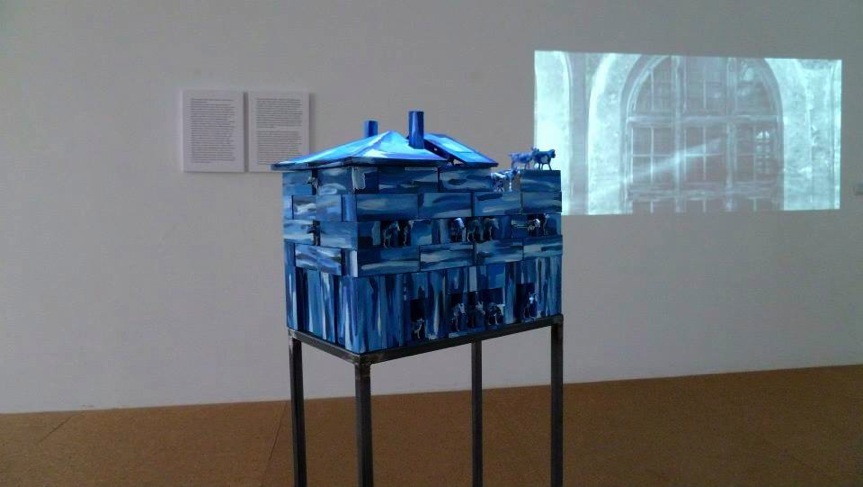
Lusitanija dovodi u vezu dva naizgled nepovezana subjekta Prvog svetskog rata: istoimeni putnički brod britanske kompanije Cunard Line i prvu psihijatrijsku kliniku u Beogradu. Maja 1915, Lusitanija je, pod neobičnim okolnostima, potopljena torpedom nemačke podmornice što je za posledicu imalo stradanje više od hiljadu putnika, i stvorilo prvi ozbiljan preduslov za ulazak SAD u rat. Oktobra iste godine, Beograd po drugi put osvajaju autrijsko-nemačke trupe, a psihijatrijska klinika, sa bolesnicima i osobljem, po svoj prilici u nedostatku drugih rešenja, dobija ekstrateritorijalni status i postaje jedina slobodna zona unutar okupiranih teritorija. Neobičnost te autonomije poslužila je za osnovu ovog rada (tekst, predmeti, video/audio instalacija) u kojem se, povezivanjem tema vode, broda, pozorišta i ludila, razmatra fiktivno nastajanje jedne funkcionalne i nezavisne države koju stvaraju pacijenti i osoblje bolnice.
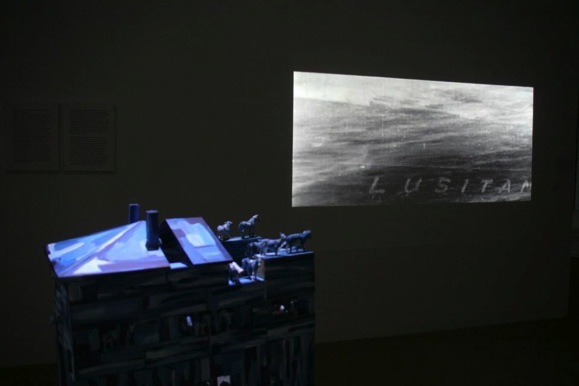
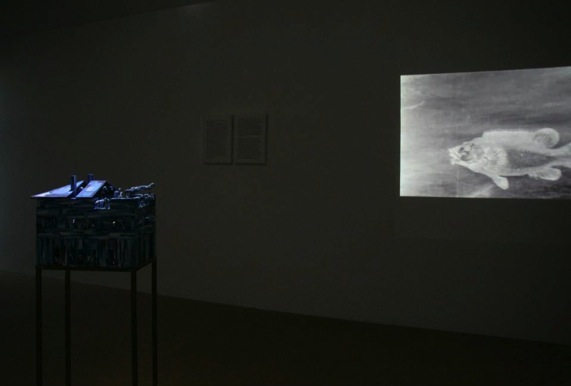
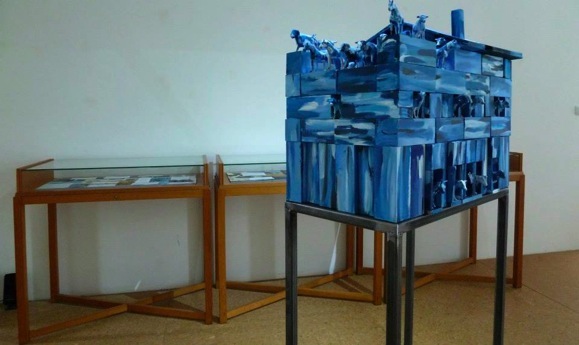
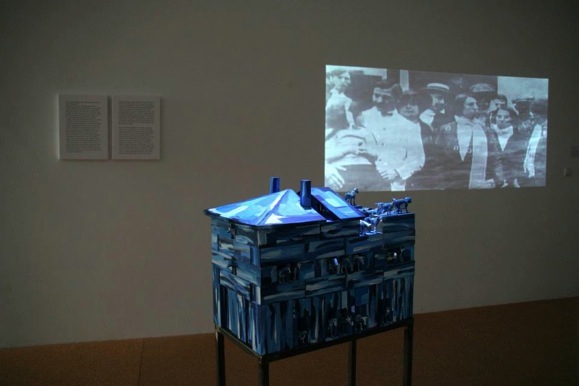


Lusitania puts in relation two apparently disconnected subjects of the First World War: the ship of the British company Cunard Line, and the first psychiatric clinic in Belgrade. In May 1915, Lusitania was sunk, under circumstances that were never fully clarified. This resulted in death of over one thousand passengers and eventually led the USA to war. In October of the same year, Belgrade was conquered for the second time by the Austrian and German troops. The psychiatric hospital, most likely for lack of other solutions, gains an extraterritorial status and becomes the only free area within the occupied territories. The unusual character of this autonomy gave the context to this work (text, objects, video/audio installation), while the themes of water, ship, theater and madness served as a base for the fictional creation of a functional and independent state created by hospital patients and staff.